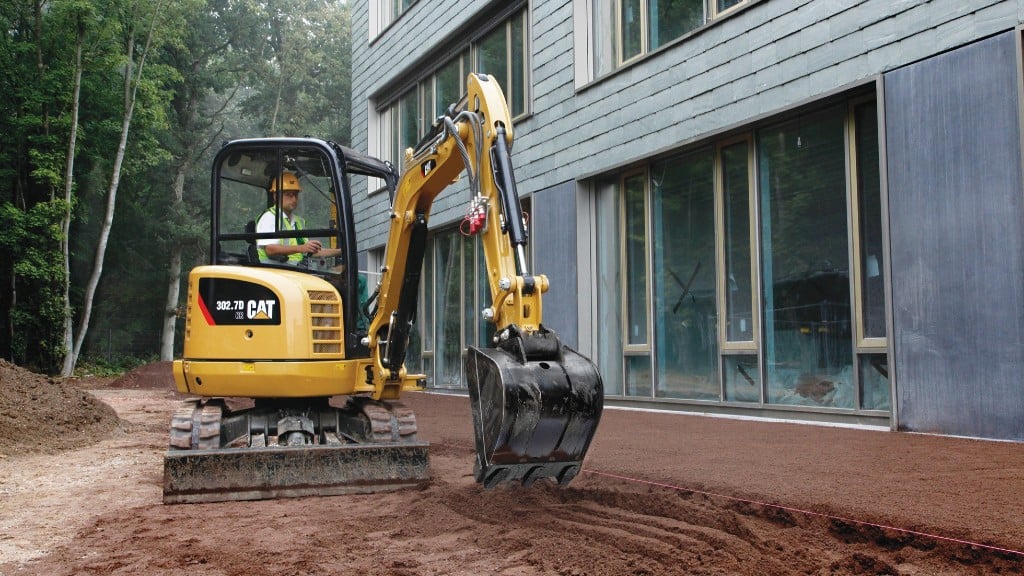CGA 2021 DIRT report highlights damage prevention challenges amid increasing excavation activity

Common Ground Alliance (CGA), the national nonprofit trade association dedicated to protecting underground utility lines, people who dig near them, and their communities, have released the findings from its 2021 Damage Information Reporting Tool (DIRT) report. The annual DIRT Report provides a comprehensive accounting and analysis of damages to buried infrastructure in the U.S. and Canada to help stakeholders understand the current damage landscape and the factors contributing to underground facility damages.
The report analyzed all 2021 data submitted to DIRT by facility operators, utility locating companies, 811 centres, contractors, regulators, and other stakeholders from the U.S. and Canada. The report contextualized the data utilizing different models as part of a three-year trend analysis (2019 to 2021), which points to an overall plateau or slight increase in damages since 2019. At a time of increasing excavation activity and greater infrastructure funding from the Infrastructure Investment and Jobs Act of 2021, the report underscores the importance of addressing the ongoing causes of damages to critical facilities to drive these damage numbers down.
The analysis of 2021 data suggests that ongoing challenges in the damage prevention process – including no notification to the 811 centre; failure to pothole and/or maintain sufficient clearance; facilities not marked or marked inaccurately due to locator error; and other improper excavation practices – are consistently responsible for more than 76 percent of damages that occur, and addressing these challenges would significantly reduce instances of damages and near misses. The report recommends that stakeholders tailor damage prevention efforts and investments to address the specific leading root causes to most effectively lower damages and improve the damage prevention process. Additional recommendations from the report include strengthening engagement with public works stakeholders, expanding damage prevention outreach to address increasing construction activity, and enhancing excavator education around the consistent and efficient use of 811 as well as safe excavation within the tolerance zone.
The 2021 DIRT report also highlights key facility types and event submitters. An analysis of telecommunications (including cable TV) damages as compared to natural gas damages reveals that when these facility owners/operators excavate, they contribute to damaging their own/industry-specific assets – with telecommunications causing damage to their own industry facilities about twice as often as natural gas. In addition, DIRT event submitters, specifically excavators, road builders and engineering firms, are more likely to report damaging telecommunications facilities and point to locating practices as the root cause.
The 2021 DIRT report spotlights the need for all stakeholders to improve the quality and amount of damage data submitted to DIRT to create a more complete picture of the current damage landscape. Case studies from CGA member organizations with high data quality indexes (DQI) are shared in the report to encourage others in the industry to improve their own data and reporting processes. A number of recommendations for improving damage data quality are featured in the 2021 DIRT report, as well as additional opportunities for analysis of effective damage prevention strategies currently in place that could benefit the entire industry.
"CGA's annual DIRT report is an essential tool for understanding the most pressing challenges in the damage prevention system, and has been critical in helping our industry identify the best pathways forward to reducing damages to vital infrastructure," says Sarah Magruder Lyle, president and CEO of CGA. "Underground utility damages have an estimated societal cost of $30 billion each year. With increased excavation activity and significant investment in infrastructure on the horizon with the passage of the 2021 Infrastructure Investment and Jobs Act, it is critical that the industry commit to taking concrete actions to address the inefficiencies within our industry and reverse this trend in damages. I encourage all damage prevention stakeholders to focus on addressing the persistent handful of root causes identified in the DIRT report which are driving more than 76 percent of all damages to the underground infrastructure that our communities rely on every day."
"The DIRT report is made possible each year with the contributions of damage prevention stakeholders who submit their damage and near miss data, and I'd like to thank these organizations for their dedication to this work," says Andrea Stainback, CGA data reporting and evaluation committee co-chair. "The 2021 Report makes it clear that more comprehensive, complete data is needed to further understand the intricacies of our industry. It is important that all organizations not only submit their data to DIRT, but also look inward at your data processes to ensure you are contributing the best data possible for the benefit of the industry."



